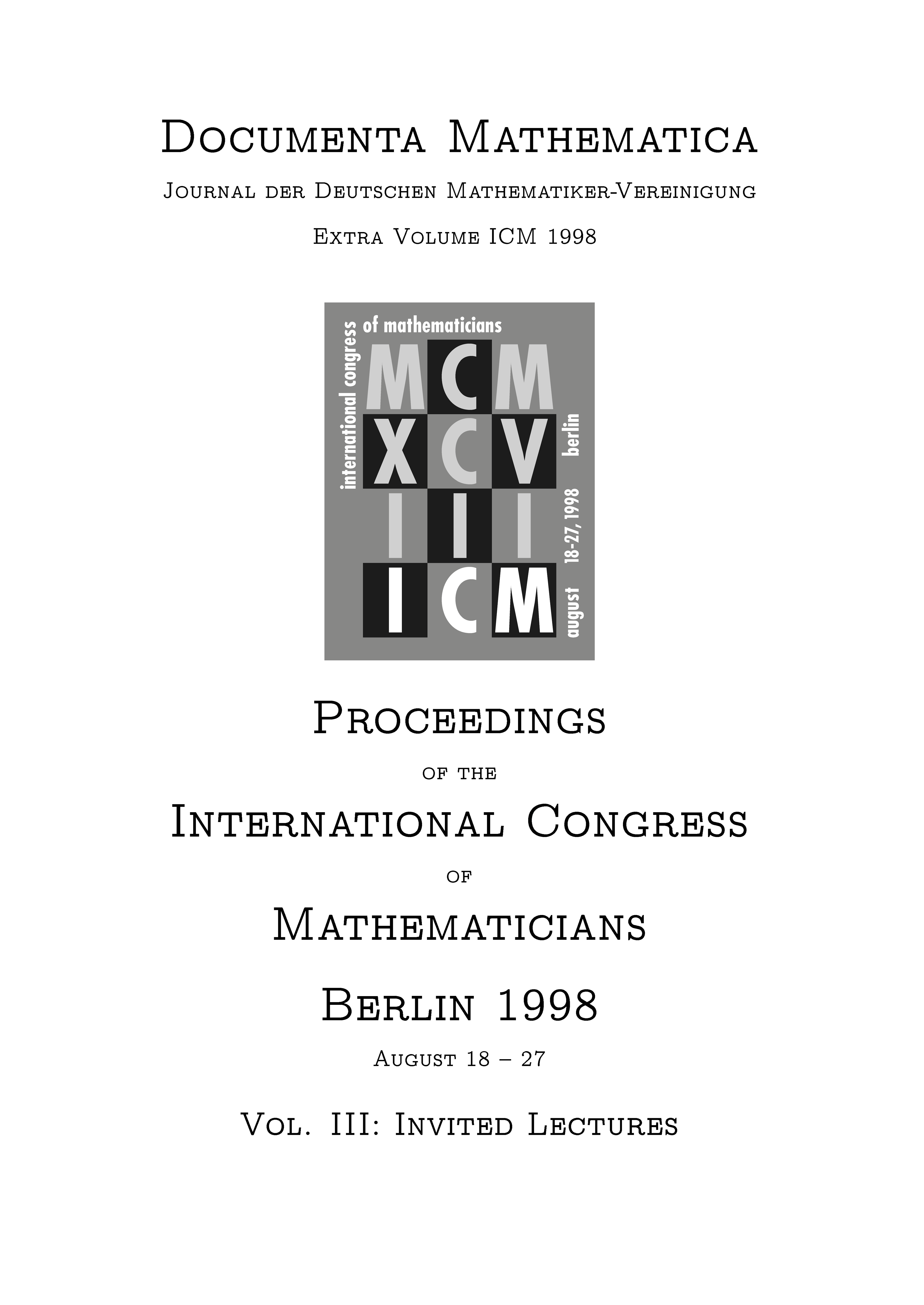Vortices in Ginzburg-Landau equations
Fabrice Bethuel
Abstract
GL models were first introduced by V. Ginzburg and L. Landau around in order to describe superconductivity. Similar models appeared soon after for various phenomena: Bose condensation, superfluidity, non linear optics. A common property of these models is the major role of topological defects, termed in our context vortices. In a joint book with H. Brezis and F. Hélein, we considered a simple model situation, involving a bounded domain in , and maps from to . The Ginzburg-Landau functional then writes Here is a parameter describing some characteristic length. We are interested in the study of stationary maps for that energy, when is small (and in the limit goes to zero). For such a map the potential forces to be close to and will be almost -valued. However at some point may have to vanish, introducing defects of topological nature, the vortices. An important issue is then to determine the nature and location of these vortices. We will also discuss recent advances in more physical models like superconductivity, superfluidity, as well as for the dynamics: as previously the emphasis is on the behavior of the vortices.
